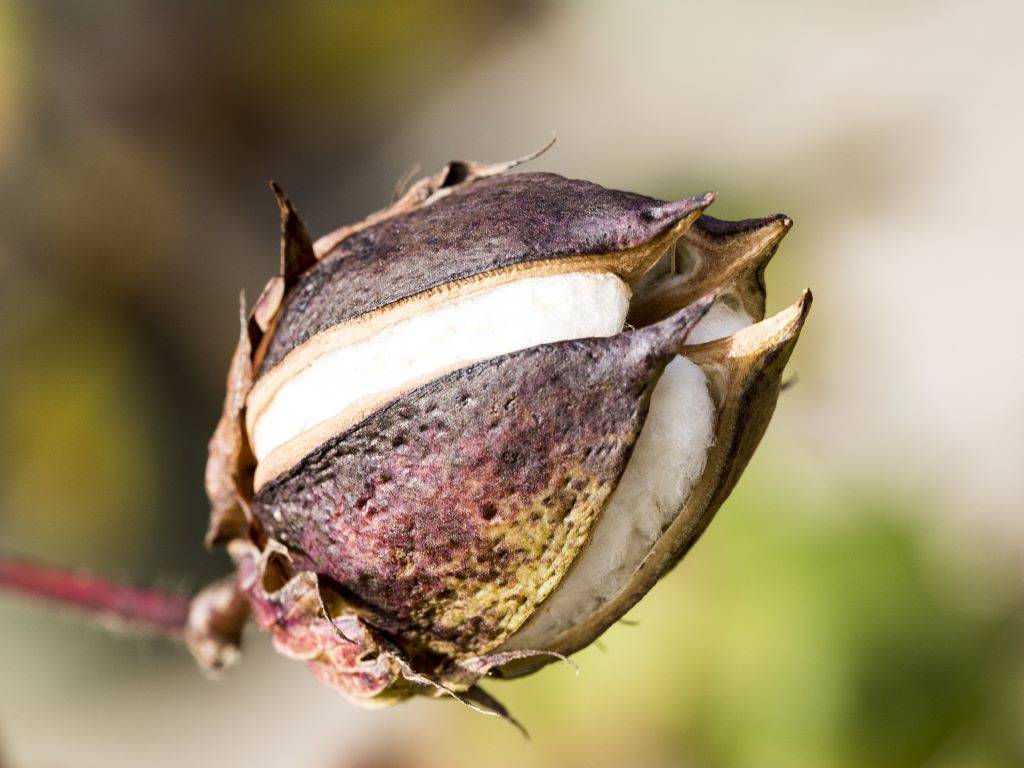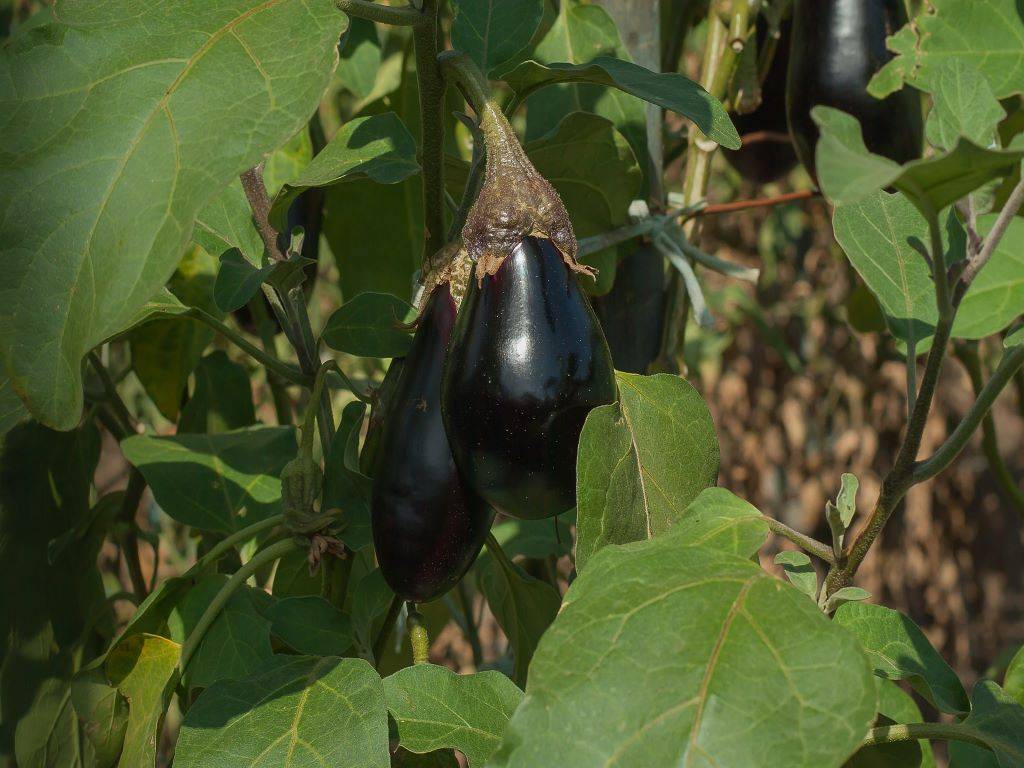
Bt crops or Bacillus thuringiensis crops are transgenic crops. The plant cells of these crops create toxin similar to that produced by Bacillus thuringiensis bacterium. This gives a natural protection of crops from pests.
The bacterium creates compounds called “cry proteins,” which are crystal proteins (in short, they are called ‘cry’ proteins). These proteins are toxic to pests. When a pest feeds on Bt crops, the cry protein present in plant cells crystallizes the pest’s digestive system and kills it. However, the proteins produce no harmful effect on the digestive system of humans.
About Bt Bacterium
Bt or Bacillus thuringiensis is a spore-forming, gram-positive bacterium present chiefly in the soil. It has the ability to secrete toxins that can kill insects. Farmers practicing organic farming use a solution that contains this bacterium to spray it on their crops as a protective measure against pests.
How the use of Bt began?
It all started way back in 1996 when researches used small amounts of genes of Bt bacterium. This triggered the formation of cry proteins in cells of plants.
Notorious crop-destroying pests such as Southwestern and European corn borer, cotton and tobacco budworm, Colorado potato beetle, and pink bollworm are successfully killed by Bt.
Advantages of Bt crops
-
By destroying major pests and protecting crops, it helps to enhance yield. This increases income of farmers and contributes to increased production in farm.
-
Btcrops require lesser synthetic pesticides, so soil pollution is reduced.
-
Btcrops helps to protect insects that are beneficial to ecosystem. Synthetic pesticides usually kill them.
-
Farmers can enjoy disease-free, healthier crops.
-
Btcrop farming gives more productivity in a smaller area.
Disadvantages of Bt crops
-
Btcrops are pricier than regular crops.
-
Btgene might disrupt natural gene flow process, as some researchers fear.
-
Over time, pests may show resistance to cry proteins and this may render Btcrops useless against these pests.
Two Famous Bt crops of India
1. BtCotton
In India, Bt Cotton was introduced in 2002 through a joint venture of Mahyco and Monsanto companies. India produced the largest quantity of Bt or GM (genetically modified) cotton in 2011, in 10.6 million hectares. This cotton can successfully kill its major pest – cotton bollworm.

2. BtBrinjal
In India, Bt Brinjal was first produced in 2008 using similar gene technology as that in Bt Cotton. Mahyco, the famous hybrid seed company of Maharashtra, took the initiative for developing GM brinjal. The Indian government approved commercialization of this brinjal in 2009. This brinjal was resistant to FSB – Fruit and Shoot borer, which is notorious for destroying upto 95% of fruits and producing a crop loss of upto 70%.
Bt crops are wonderful, but controversial. These are genetically modified plants surrounded by a lot of debate and myths. One of the biggest fears of Bt crops, as put forward by some researchers, is that there will come a day when pests would develop resistance to the cry proteins. This would render Bt useless.
This is already happening in case of Bt Cotton wherein the bollworm is starting to show resistance to cry protein. The adage “nothing is permanent” seems to fit in case of Bt crops too.











